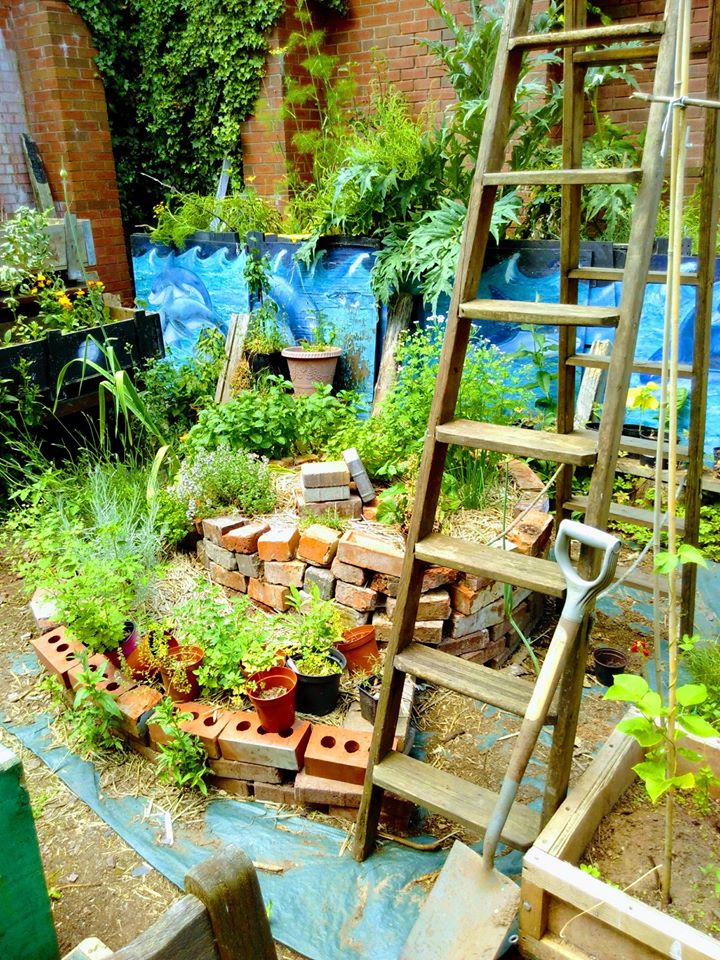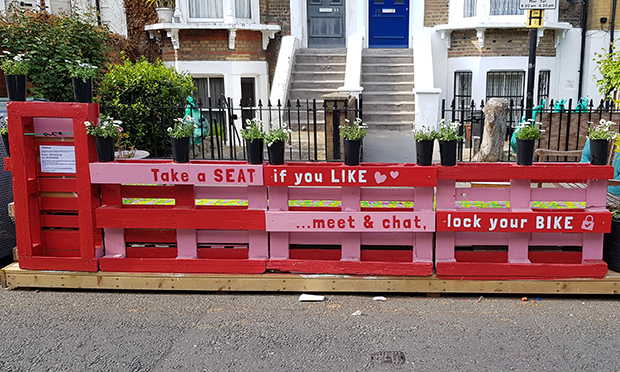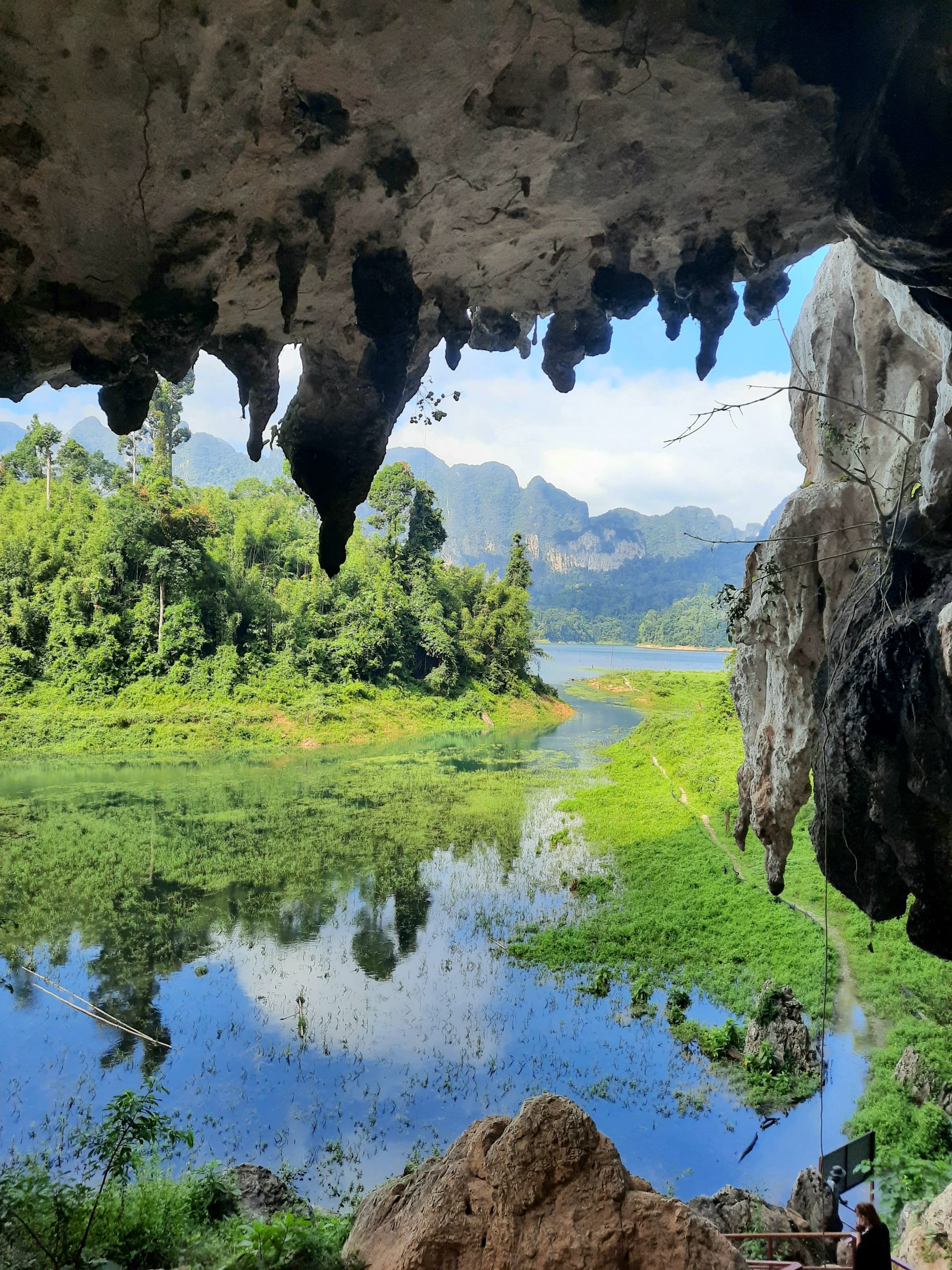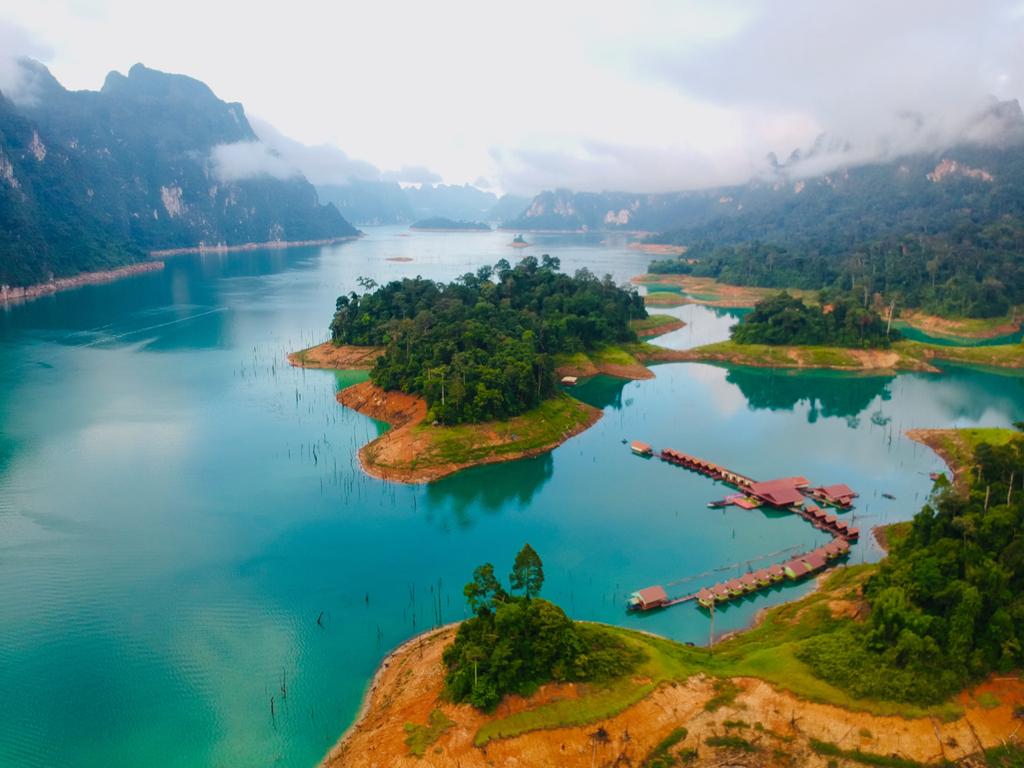Shaz’s Garden
Occasionally, I go round to Shaz’s to help keep his gardens in shape. That being a small 6 by 6 metre back garden and a front lawn of similar size. We had a permaculture blitz day here in the back garden a nearly five years back when Shaz first moved in. This involved creating a pond, some paths, a raised bed, planting some perennial edibles. The idea was to have an easy to manage, but productive, wildlife friendly garden. By and large, it seems to have achieved this aim, and only really needs a handful of hours a year to maintain it. As well as temporarily fixing some damaged fences, Shaz and I did some socially distanced gardening the other week and were pleased to see everything pretty healthy and the garden full of bees and spiders despite the drought.
The lawn in front of the house is essentially dead space. It is part of a communal green space, but is neither capable of being a driveway or storage area nor a private garden or play space due to the layout of this housing estate. Most of the houses in this block have an equivalent space and leave it as lawn, being mowed by a lawn mower every few weeks in the summer purely for aesthetics. A few have planted ornamental shrubs and it would be difficult to do much else with these kind of area. Perhaps a few fruit trees or bushes would be the best way to make it productive, but for now Shaz has decided to keep it as grass. But the lack of a lawn mower and a desire to give as much opportunity for wildlife as possible – from insects to soil fungi – means Shaz wanted me to mow the area with a scythe just once or twice a year.
Rewilding?
A lot of people assume that if left to nature, all land in the UK would turn into forest via the process of ecological succession. And much of it would, but if the impact of grazing herbivores is considered, as well as sometimes fire and perhaps humans as well as wolves, beavers and all the other indigenous creatures of British ecologies, a significant quantity of meadows and grasslands would also exist (particularly in the East where there is less rainfall), probably in the form of glades in between forested areas.
Grasslands
Grasslands are pretty wildlife friendly if they are not constantly mowed. They will naturally develop a diversity of grasses and wildflowers and they evolved to be cut by herbivores, whether that be wild deer or domesticated cattle. But the lack of urban goat herds means that in the city, we do need to mow grass occasionally if we don’t intend it to turn into forest via ecological succession.
Grass Management
But grasses didn’t evolve to be cut every few weeks. In natural settings, herbivores would come upon an area of grassland, devour it, spread manure, and move on, only to return perhaps six months or a year or two later when the grass is again massive and lush. Since lawn mowers aren’t designed to cut two foot high grass, a yearly or six-monthly scything is perhaps the best way to replicate the natural pattern. We also left some of the reaped hay on the ground to mulch down to replicate the manuring process. The portion of hay that I removed from Shaz’s lawn went to Digbeth community garden and will be incorporated into the mix for making a clay oven. The community garden is currently undergoing a renovation to make it a more ecologically diverse but also a more usable place and we hope for it to be utilised in some way for people and the local economy to come out of lock-down.
Not only is this type of grassland management better for wildlife, it also aids carbon sequestration and water retention. Grasses store their energy (much of it in the form of carbon) in their roots, and every time grass is cut, some of that energy must be used up to kick start recovery growth. Some of the carbon re-enters the atmosphere when the plants decay, but some is stored in the soil. And the deeper rooted carbon has a better chance of being stored.
If cut regularly, those roots become short and that means less carbon at depth being available for storage and exchange with soil fungi. It also means less structured ground and less root and microbial pathways for water storage, and land that is more prone to erosion and water run-off leading to flooding.
Of course the management of this small amount of land has a negligible impact on the environment but at least there is the satisfaction of seeing a little more wildlife.
The featured image is from Digbeth Community Garden








